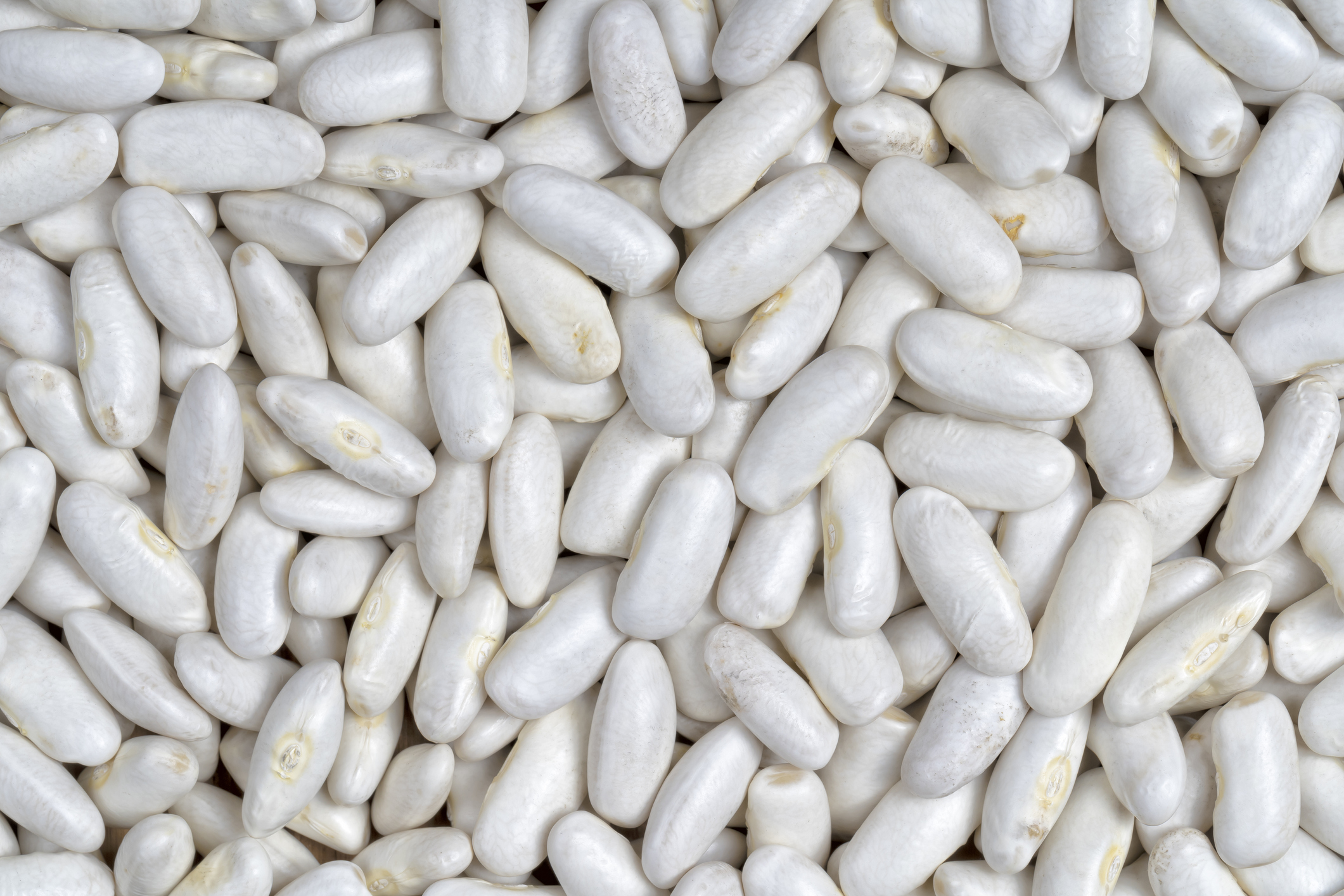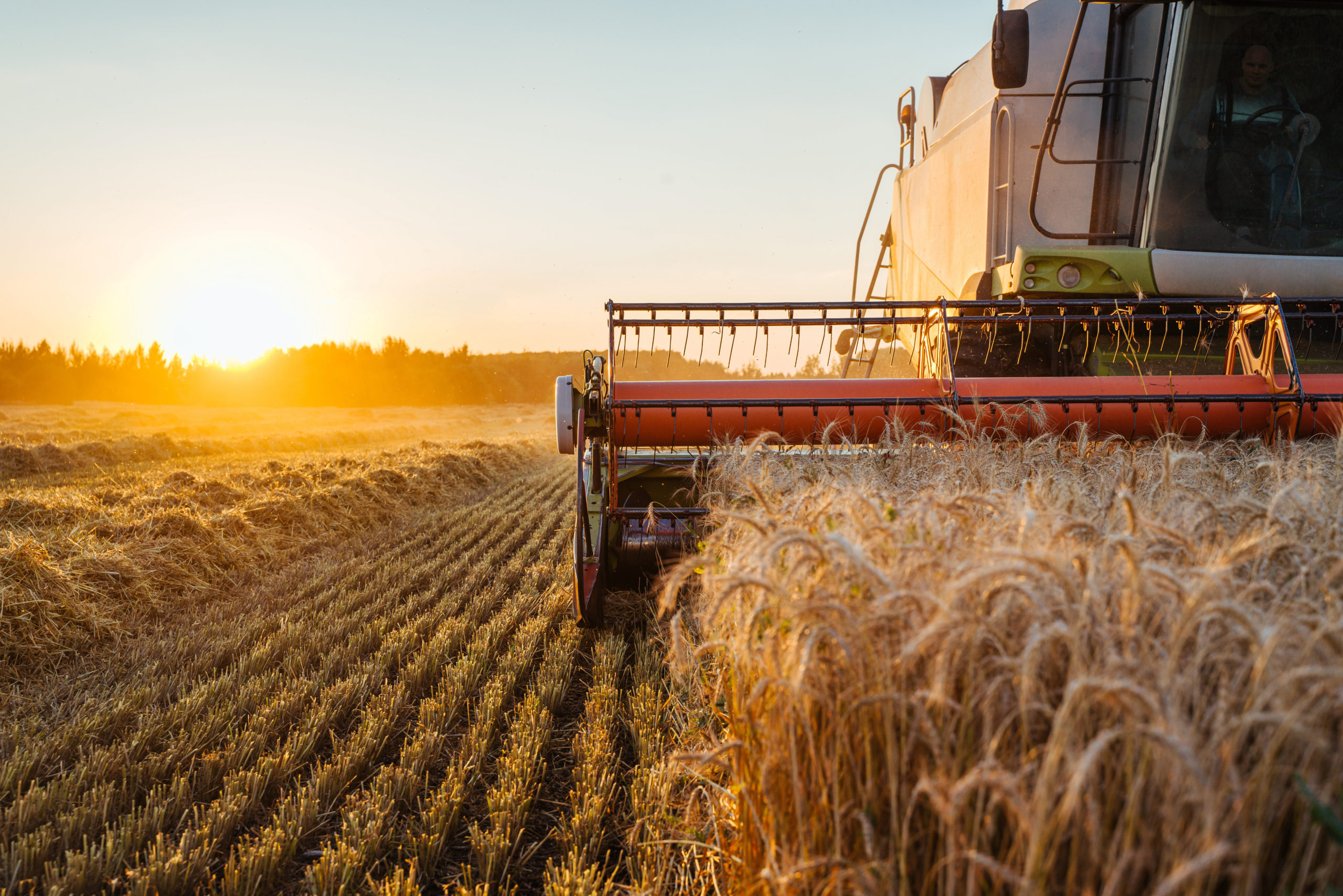

Faba Beans
Vicia faba, also known in the culinary sense as the broad bean, fava bean, or faba bean, is a species of vetch, a flowering plant in the pea and bean family Fabaceae. It is widely cultivated as a crop for human consumption, and also as a cover crop. Vicia faba is a stiffly erect, annual plant 0.5 to…
Description
Vicia faba, also known in the culinary sense as the broad bean, fava bean, or faba bean, is a species of vetch, a flowering plant in the pea and bean family Fabaceae. It is widely cultivated as a crop for human consumption, and also as a cover crop.
Vicia faba is a stiffly erect, annual plant 0.5 to 1.8 metres tall, with two to four stems that are square in cross-section. The leaves are 10 to 25 centimetres (4 to 10 in) long, pinnate with 2–7 leaflets, and colored a distinct glaucous grey-green color.
Raw mature fava beans are 11% water, 58% carbohydrates, 26% protein, and 2% fat. A 100-gram reference amount supplies 1,425 kilojoules (341 kilocalories) of food energy and numerous essential nutrients in high content (20% or more of the Daily Value, DV). Folate (106% DV), and dietary minerals, such as manganese, phosphorus, magnesium, and iron (range of 52 to 77% DV), have considerable content. B vitamins have moderate to rich content.
Certifications and Documentation
Certifications:
Phytosanitary Certificate
ISO 9001:2008 Certification
HACCP
Kosher / Halal Certified
Standard Documentation:
Certificate of Origin
Third party quality control certificate / inspection report
Shipping documents (Commercial Invoice, Bills of lading, Packing list)
